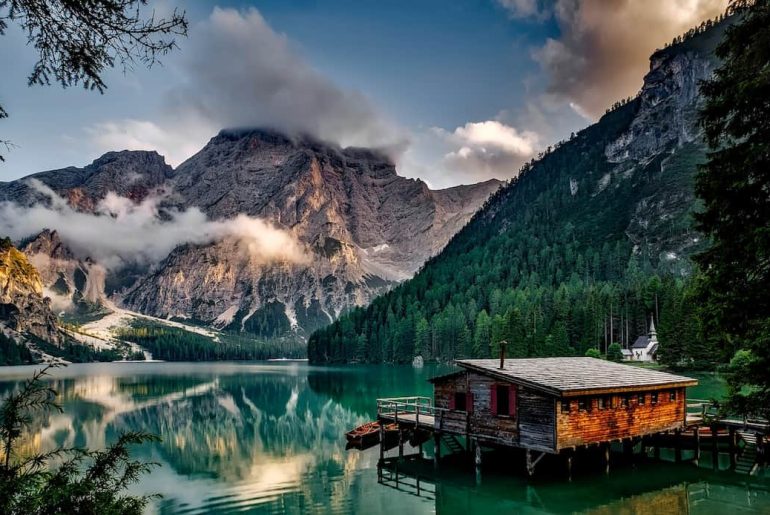Landscape photography is an extraordinary art form that enables photographers to capture the awe-inspiring beauty and grandeur of the natural world. Being you are a beginner or an experienced photographer, there are always new techniques and tips to enhance your landscape photography skills.
This comprehensive guide will explore 22 incredibly valuable landscape photography tips tailored specifically to beginners’ needs. You may also enjoy capturing moments through your lens and exploring the beauty of nature, like some landscape photography. By following these tips, you can beautiful images and create compositions that leave a lasting impact on viewers.
Plan and research: the foundation of a successful shoot
Planning and researching your shooting location is crucial to maximizing your chances of capturing breathtaking landscapes. You need to become familiar with the weather conditions, determine the ideal time of day for optimal lighting, and identify the area’s unique features to make the most of your experience. Utilize online resources, guidebooks, and local knowledge to pinpoint the most photogenic spots.
Scout locations in advance: exploring the unseen
You should visit your chosen location to scout for possible shooting spots before your shoot. It aims to familiarize yourself with the like some landscape photography, discover interesting compositions, and identify challenges or hazards. You, as a photography enthusiast, may find yourself captivated by the beauty of nature, just like some landscape photography.
Harness the golden hour: the magic of soft light
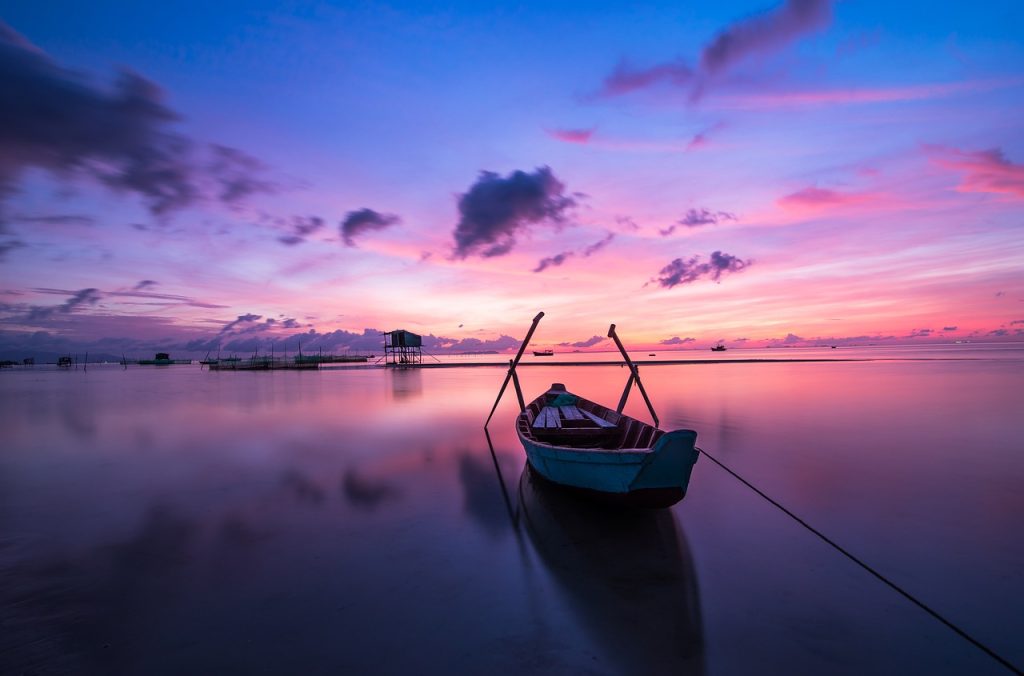
The golden hour, which occurs during the 1st few minutes after sunrise and the last few minutes before sunset, provides soft, warm light that enhances the colors and textures of your landscape. Ensure you take advantage of this magical time to capture pictures that will leave you breathless.
Experiment with different perspectives: unveiling unique angles
Avoid settling for the most obvious angles and perspectives. Instead, experiment with shooting from a low angle to emphasize foreground interest or find an elevated vantage point to capture a sweeping view. By exploring different perspectives, you add depth and uniqueness to your images.
Incorporate foreground interest: adding dimension to your shots
Including a foreground element in your composition can give your image a sense of scale and depth. Look for interesting rocks, flowers, or leading lines that draw the viewer’s eye into the frame, creating a more engaging and immersive experience.
Use leading lines: guiding the viewer’s gaze
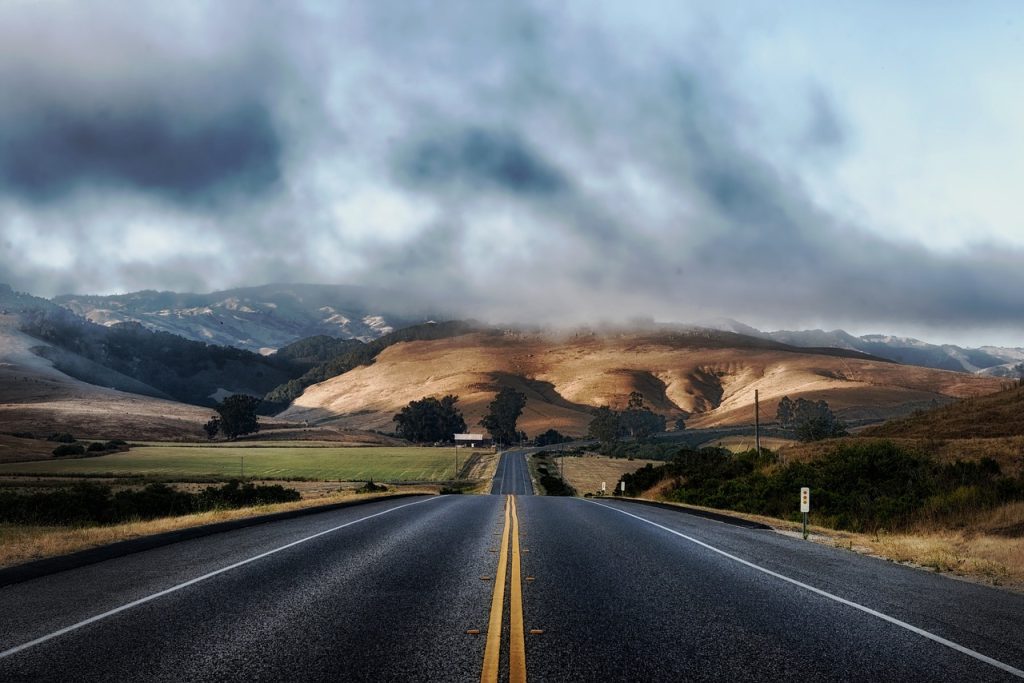
Leading lines are powerful compositional tools that guide the viewer’s gaze through the photograph. Search for natural lines such as rivers, roads, or pathways that direct attention toward the main subject or create a sense of movement and flow.
Capture motion with long exposures: creating a sense of movement

Experimenting with long exposure techniques, such as using a tripod and slowing down your shutter velocity, allows you to capture the motion of elements such as flowing water or moving clouds. By using this technique, your images will be enhanced with an ethereal and dynamic quality, creating a captivating visual impact as a result. You should explore and capture your own unique perspective on the world, just like some landscape photography.
Master Depth of Field: achieving sharpness throughout

Controlling the depth of field in landscape photography is essential. To ensure the foreground and background remain in sharp focus, use a narrow aperture (higher f-number). Experiment with different apertures to achieve the desired depth of field and effectively convey the scene’s details.
Don’t ignore the sky: harnessing the power above
The sky plays a vital role in landscape photography, significantly influencing the mood and impact of your images. Pay attention to the weather situation and the sky’s appearance. Including interesting cloud formations or capturing a vibrant sunset can elevate the overall composition of your landscapes.
Use filters for enhanced effects: fine-tuning your images
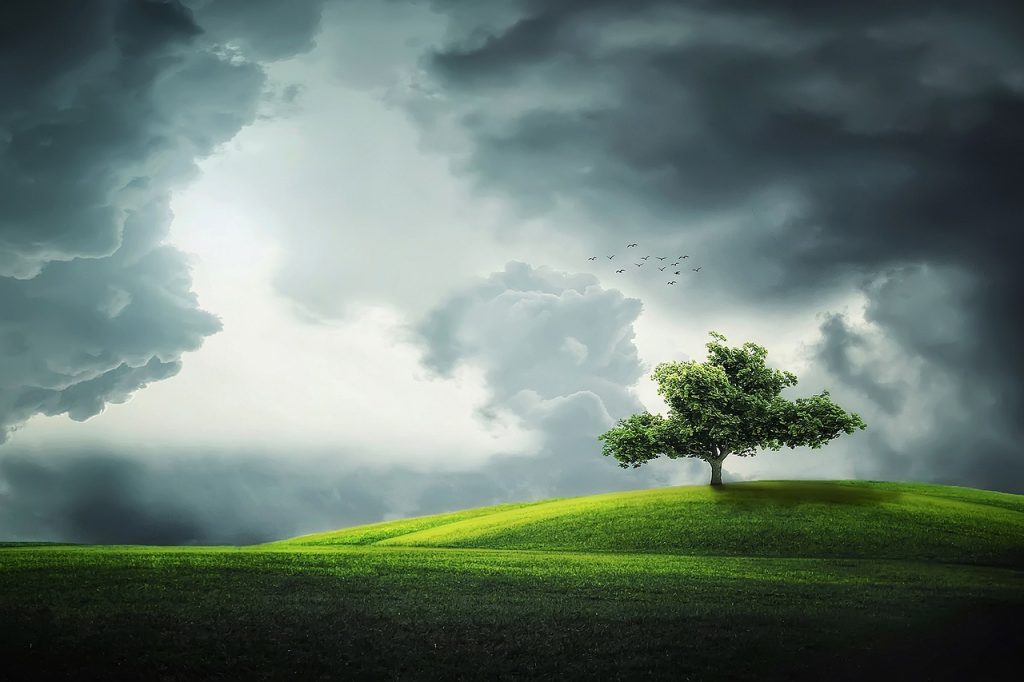
Filters are valuable accessories that can significantly improve your like some landscape photography. Graduated neutral density filters help balance the exposure between the sky and the foreground while polarizing filters reduce reflections and enhance colors. You can experiment with various filters to achieve the desired effects and elevate your compositions by experimenting with them.
Shoot in RAW format: preserving maximum detail
When shooting landscapes, capturing images in RAW format is highly recommended. RAW files retain more details and provide greater flexibility during post-processing, allowing you to fine-tune exposure, color balance, and other parameters without compromising image quality.
Pay attention to composition: crafting visual stories
Composition is a critical aspect of like some landscape photography. Avoid drawing the horizon line in the center of the frame, as it can divide the image and create a lack of balance. Instead, position the horizon along the upper or lower third of the frame to create a more visually appealing composition.
Experiment with bracketing: capturing the full range of tones
Bracketing involves capturing multiple exposures of the same scene at different exposure levels. This technique ensures you capture a wide range of details in the highlights and shadows, enabling better dynamic range and greater flexibility during post-processing.
Use a tripod: stability for sharpness

A sturdy tripod is a vital tool for like some landscape photography. It helps keep your camera steady, allowing for longer exposures and sharper images. Invest in a quality tripod and utilize a self-timer or remote shutter release to minimize camera shake, ensuring the highest level of image sharpness.
Pay attention to detail: finding beauty in the small

Landscape photography is about more than just capturing wide vistas. Look for intricate details within the landscape, such as interesting patterns, textures, or close-up shots of flowers or foliage. These details can add a unique perspective to your portfolio and provide a fresh viewpoint for viewers.
Be patient and wait for the right moment: embracing stillness
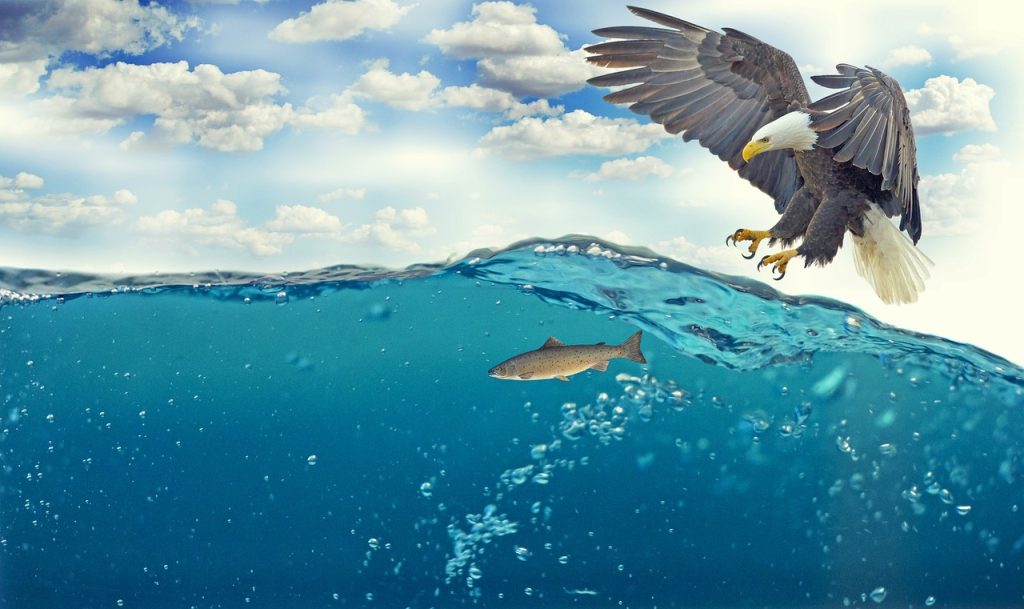
Landscape photography requires patience. Take the time to observe and wait for the perfect lighting conditions or interesting natural phenomena. Sometimes, the most captivating shots come to those with patience and a willingness to wait for that magical moment.
Experiment with panoramas: expanding your field of view
Panoramic shots can capture the expansive beauty of landscapes that a single frame may not fully convey. Experiment with panoramic techniques by capturing overlapping images and stitching them together in post-processing. It allows you to create immersive, wide-angle compositions that truly showcase the vastness of the scene.
Post-processing is essential: enhancing your vision
In like some landscape photography, post-processing plays a crucial role. Utilize software such as Adobe Lightroom or Photoshop to enhance your images and adjust exposure, color balance, and sharpness. However, it is important to maintain a natural and balanced look, avoiding excessive editing that may compromise the authenticity of your landscapes.
Study and learn from other photographers: Broadening your perspective
Immerse yourself in the works of other landscape photographers. Study their compositions, techniques, and post-processing approaches. It helps you develop your style, refine your skills, and gain inspiration to create unique and compelling images that reflect your artistic vision.
Embrace mistakes and learn from them: growth through experience
Don’t be discouraged by mistakes or unsuccessful shots. Instead, use them as teaching opportunities to improve your talents. Experiment, take risks, and learn from your experiences to continuously grow as a landscape photographer. Embracing our mistakes is the key to unlocking our true potential as it is the key to unlocking our potential.
Practice, Practice, Practice: the key to mastery
The most important tip for any beginner is to practice as much as possible. The more you venture out and capture landscapes, the more you refine your skills, develop your eye for composition, and discover your unique style. Dedicate time to hone your craft, push your boundaries, and watch as you like some landscape photography evolve into something remarkable.
Use the rule of thirds: the rule of thirds is a fundamental composition
Yes, that’s correct! The rule of 3rd is a widely used composition technique that can enhance the visual impact of your landscape photographs. You create four points where the lines intersect by dividing your frame into a grid of nine equal parts. These are known as the “points of interest” or “power points.”
When applying the rule of thirds in like some landscape photography, you can consider the following:
Horizon Placement
Instead of placing the horizon in the center of the frame, try positioning it along one of the horizontal lines. For example, if the sky is the most interesting part of the scene, place the horizon on the lower third line to emphasize the landscape. Conversely, if the foreground is more captivating, position the horizon on the upper third line.
Subject Placement
Identify the main subject or focal point when composing your landscape shot. It could be a tree, mountain, or other element that draws attention. Instead of placing the subject in the center, position it along one of the vertical lines or at the intersections of the grid lines. It adds visual interest and guides the viewer’s gaze through the image.
Balancing Elements
The rule of thirds can also help you balance different elements within the frame. For example, if you have a dominant subject on one side, place a secondary subject or complementary element along one of the intersecting points on the opposite side. Harmony and balance are achieved through it.
Remember, while the rule of thirds is a valuable guideline, feel free to experiment and break the rules occasionally. Photography is an art form; sometimes, deviating from conventions can lead to unique and compelling compositions.
Conclusion
Armed with these 22 landscape photography tips for beginners, you are now equipped with valuable knowledge and techniques to embark on your journey as a landscape photographer.
Remember to plan and research your locations, experiment with different perspectives and compositions, and continuously practice to improve your skills. Embrace the beauty of nature, capture its essence, and create images that inspire and evoke emotion. Let the landscapes you capture tell sensational stories for years to come, and may you have a lot of fun with them.
